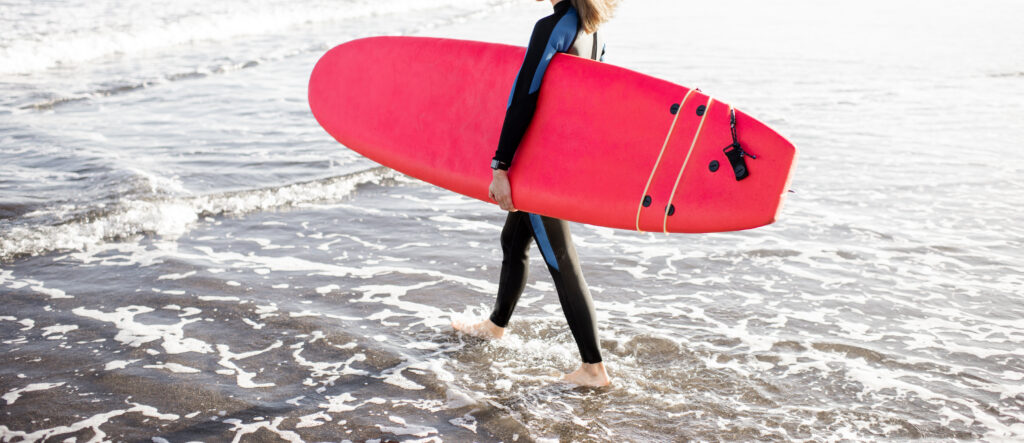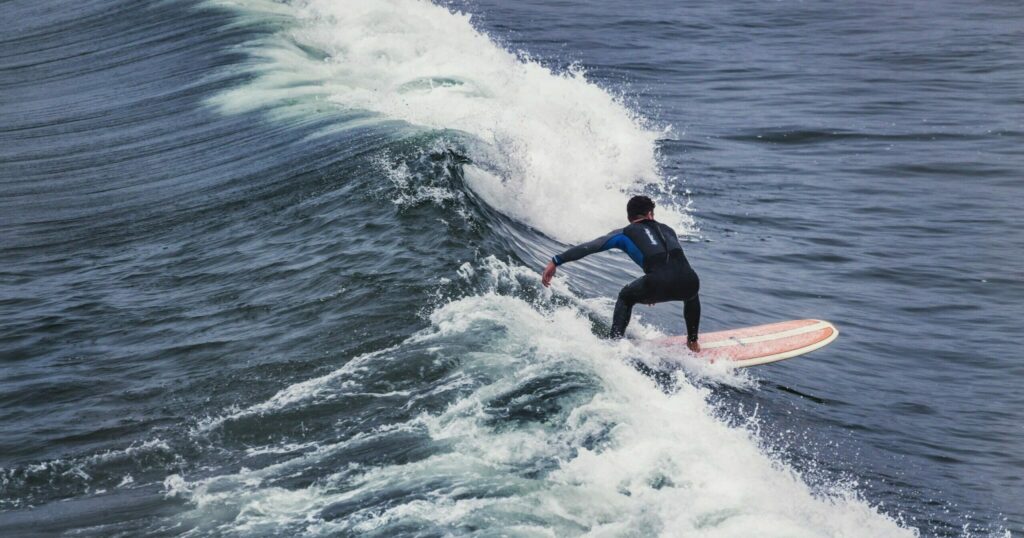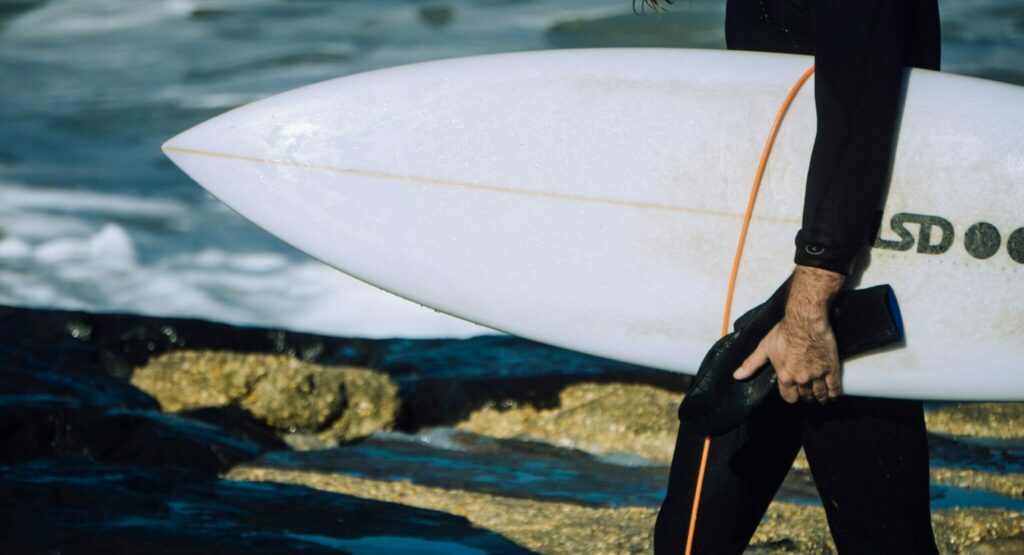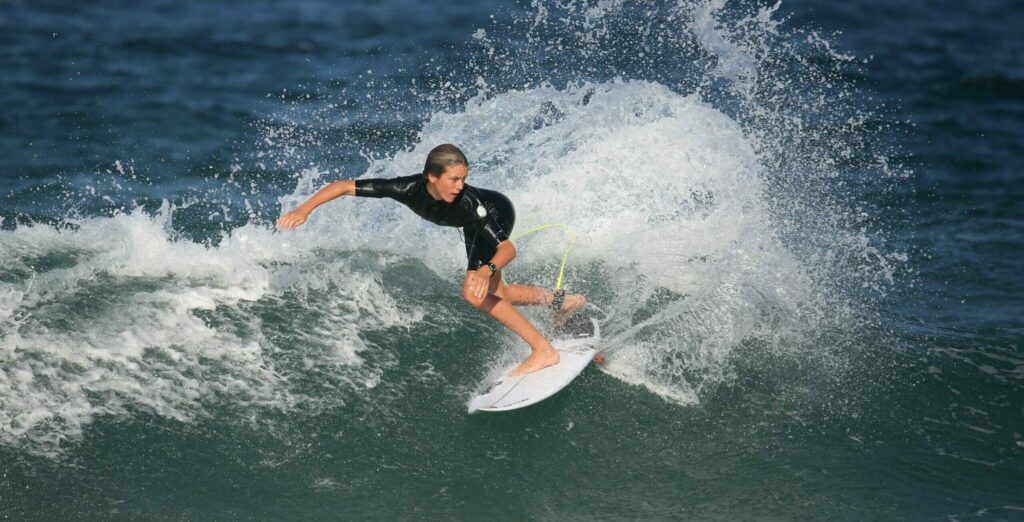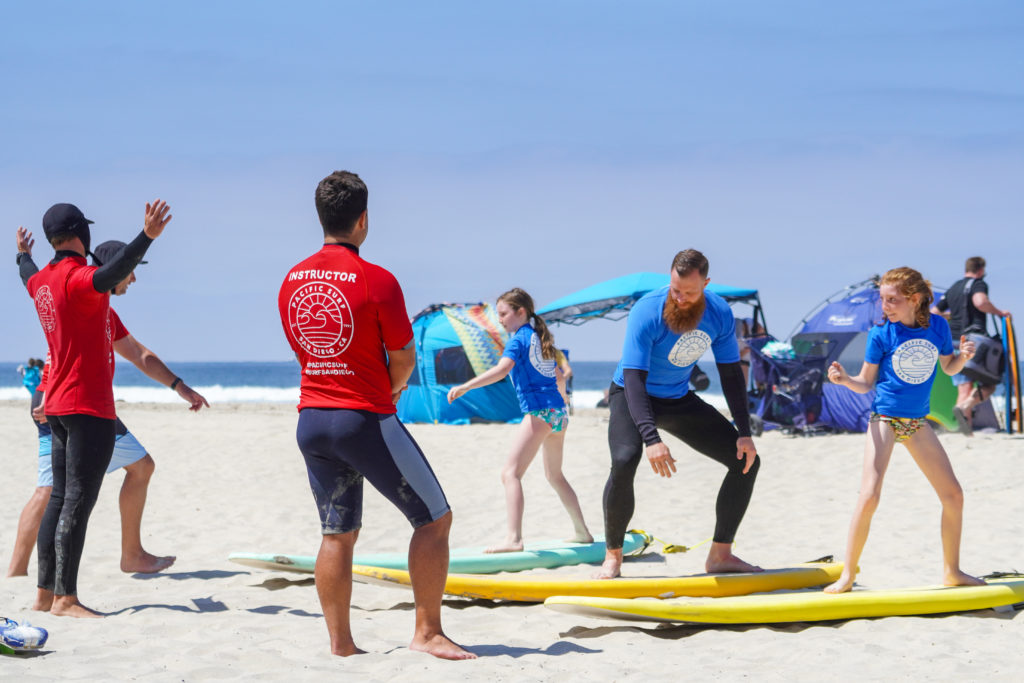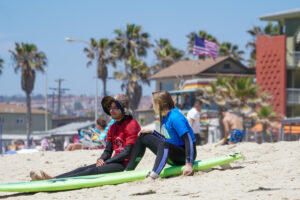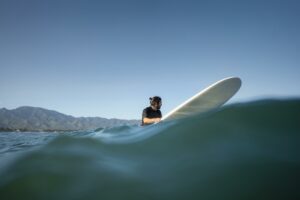What Are the Differences Between a Soft Top Surfboard Vs. Hard Top Surfboard?
Surfing is a popular sport that has captivated thrill seekers and nature lovers alike. Whether you’re a beginner or an experienced surfer, choosing the right board can be the difference between an enjoyable ride and a wipeout. When comparing between a soft top vs. hard top surfboard, understanding the pros and cons of each type is essential to finding the best fit for your individual needs.
For those looking to take their surfing to the next level, this article will provide an overview of both types of boards, as well as insight into what materials are used, and why each should be considered. So let’s dive in and explore how soft top and hard top surfboards differ – and which one could be just right for you!
Overview of Soft Top Surfboard
Soft top surfboards are an excellent choice for beginners, as they provide a greater degree of safety and stability than their hard top counterparts. Although they may not be quite as fast or responsive as hard top models, soft top boards can provide an ideal entry point into surfing for those just starting out.
Advantages of Soft Top Surfboards
Soft top surfboards offer a number of advantages to novice surfers. Perhaps the most significant benefit is the added safety and stability they provide compared to hard top models.
The foam material used in their construction is often covered with a rubber surface, providing extra grip and cushioning should you wipe out. As well as this, these boards are generally more buoyant than hard tops, making them easier to paddle and helping to prevent fatigue.
They are also less likely to cause injury if contact is made with another surfer or object, reducing the risk of serious injury during a crash. Additionally, soft top boards tend to be more affordable than their hard top counterparts, making them an ideal choice for those on a budget who still want to enjoy the thrill of surfing.
Disadvantages of Soft Top Surfboards
Soft top surfboards can be an excellent choice for novice surfers, but they come with a few drawbacks. Firstly, soft tops tend to lack the durability of hard top models; the foam construction can be easily damaged by rocks, coral, or other sharp objects in the water.
As well as this, due to their more buoyant nature, soft top boards require more energy when paddling and can lack speed. Additionally, as these boards are normally quite wide and thick, maneuverability is often reduced compared to hard top models.
Finally, if you’re looking for a board that will perform well in small waves or during aerial maneuvers such as airs and floaters then a hard top board may be preferable.
Materials Used in Soft Top Surfboards
Soft top surfboards are constructed from a foam core, usually made from either expanded polystyrene (EPS) or extruded polystyrene (XPS). The foam core is then covered with a textured soft material such as EVA or Diamond-Grip which provides grip and traction for the surfer.
EPS boards tend to be lighter weight than XPS boards and offer more buoyancy, making them great for novice surfers. On the other hand, XPS boards offer superior durability and strength compared to their EPS counterparts.
The deck of the board is then finished with a waterproof coating to help repel water and increase the lifespan of the board. Soft top surfboards provide excellent value when compared to their hard top counterparts and can be an ideal option for those just starting out in surfing.
Reasons to Get a Soft Top Surfboard
Getting a soft top surfboard is a great choice for beginners and intermediate surfers who want to have fun in the water without sacrificing safety. Unlike traditional fiberglass boards, soft top surfboards are made with a foam core that provides a more forgiving ride, reducing the risk of injury when falling. They are also more buoyant, making it easier to catch waves and learn new moves.
Additionally, soft top surfboards are typically more affordable than their traditional counterparts, making them a great option for anyone looking to get into surfing without breaking the bank. Overall, if you want to have a blast in the water while staying safe and saving money, getting a soft top surfboard is definitely worth considering.
Overview of Hard Top Surfboards
A hard top surfboard is a traditional surfboard with a solid, rigid deck. This type of board has been around for decades and is the most common type of surfboard in use today.
They tend to be much faster than soft top boards making them ideal for advanced surfers looking to take on higher level waves. A hard top surfboard is the perfect choice for anyone looking to take their surfing skills to the next level.
Advantages of Hard Top Surfboards
Hard top surfboards have become an increasingly popular choice among experienced and novice surfers alike due to their superior performance in the water. With their high-performance materials, such as fiberglass, polyester resin, polyurethane foam, or epoxy resin, hard top boards are designed for tight turns and quick response time when riding waves.
Not only do they offer better protection against sun, wind, and saltwater exposure than soft top boards, making them more durable and reliable, but hard tops also provide maximum durability and performance for advanced techniques such as airs and carves. In addition to this, hard top surfboards are less likely to succumb to damage from impact with rocks or other objects while surfing.
So if you’re looking to take your surfing skills to the next level with a board that won’t let you down even in the most challenging conditions, then a hard top surfboard is definitely the way to go!
Disadvantages of Hard Top Surfboards
Hard top surfboards may boast superior performance and maximum durability, but they also come with a few drawbacks for the surfer. One of the main disadvantages of hard top boards is their weight. Made from heavy-duty materials such as fiberglass, polyester resin, polyurethane foam, or epoxy resin, these boards are much heavier than soft top boards, making them more difficult to transport and maneuver in the water.
Additionally, hard tops can be harder on your body due to their rigid construction. The lack of flex in these boards means that you’ll feel every bump and wave more intensely than with a softer board, which can lead to aches and pains after a long day of surfing.
Finally, hard top boards tend to be much more expensive than soft tops due to their advanced materials and construction methods – something to consider if you’re shopping for a new board on a budget.
All things considered, while hard tops do offer excellent performance capabilities for experienced surfers, there are some definite drawbacks to consider before investing in one of these boards.
Materials Used in Hard Top Surfboards
Hard top surfboards are typically made with a variety of high-performance materials for durability, performance, and aesthetics. The most common materials used in hard top construction include fiberglass, polyester resin, polyurethane foam, and epoxy resin.
Fiberglass is the most popular choice due to its strength and lighter weight, allowing for better maneuverability in the water. Polyester resin is used for lamination and as a bonding agent between layers of fiberglass. Polyurethane foam acts as an insulator inside the board while epoxy resin provides a strong waterproof sealant between the layers of fiberglass.
Each material has its own unique properties which help contribute to the overall performance of the board when in use.
Reasons to Get a Hard Top Surfboard
A hard top surfboard is a great investment for anyone who loves surfing. They are made of durable materials which ensures that they last for a long time. Unlike the soft top surfboards, hard top surfboards come with better build quality which makes it easier for surfers to enjoy the waves.
They also provide better support, stability, and maneuverability which makes them suitable for surfing in all types of conditions. Additionally, they are more responsive which allows surfers to catch waves with less effort. So, if you are an avid surfer, it is highly recommended that you invest in a hard top surfboard to enhance your surfing experience.
Take Your Surfing To The Next Level
Surfing is an exhilarating and rewarding activity that can provide a sense of freedom, challenge, and connection with the ocean. But to get the most out of your surfing experience, you need the right equipment and guidance.
The decision between a soft top and a hard top surfboard depends on your skill level, surf conditions, and personal preference. Each type of surfboard has its advantages and disadvantages. Whether you go for a soft top or hard top surfboard, what’s most important is that you enjoy the thrill of surfing and have fun out on the water.
Here at Pacific Surf School in San Diego, we are dedicated to helping surfers enhance their skills out on the water. We offer everything from private, semi-private, and group surf lessons, to surf camps and skate camps. Surf rentals are also available to those who need gear!
Choose from a variety of picturesque locations along the west coast in San Diego, Pacific Beach, Mission Beach, La Jolla Shores, Mission Beach, Huntington Beach, Santa Monica, Los Angeles, and Santa Cruz. No matter where you choose to surf, our team will be ready to help you catch more waves.
Contact us today to book your surf lesson and come surf with us! We look forward to seeing you out on the waves!


